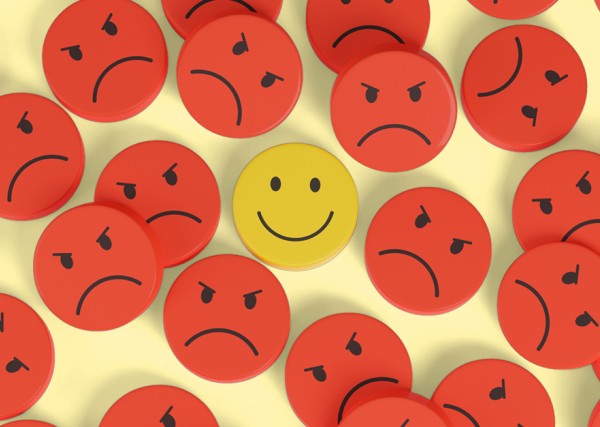how to cope with seasonal affective disorder (SAD).
5 ways to feel better.
For many people, the darker days of fall and winter trigger sadness, moodiness, and other depressive symptoms that consistently make it tough to enjoy life or even get out of bed each day.
Seasonal affective disorder (SAD) affects 11 million Americans (of which 80% are women) and most often occurs in the winter when there is less natural sunlight. Common symptoms of SAD include:
If you recognize key symptoms in yourself or a loved one, it’s essential to seek care from a therapist or doctor who can diagnose SAD.
“On a positive note, SAD is tied to the changing seasons which makes it easier for you to predict its onset and ward it off.”
—Dr. Shakira Espada-Campo
MDLIVE Behavioral Health Medical Director
But there are also things you can do to feel better and generally improve your mental outlook during the fall and winter months. Here are five ways to ease symptoms:
1. Get more sunlight or use light therapy.
SAD is more common in areas where there is less natural sunlight. If you can’t get enough sun outdoors, bright light therapy mimics natural sunlight to support your Vitamin D levels, circadian rhythm, and brain chemicals.
2. Take Vitamin D.
Studies show Vitamin D deficiency is common in most people suffering from SAD. If you’re not getting enough natural Vitamin D, it may help to take a supplement and add Vitamin D-rich foods like salmon, sardines, cheese, and eggs to your diet.
3. Stay active, especially outdoors.
Regular exercise is proven to fight depression and make you feel happier. Even if it’s only a 20 to 30-minute lunchtime walk, getting outside during daylight hours can make a huge difference in alleviating SAD.
4. Stay connected to others.
As we saw during the pandemic, social isolation created a more profound mental health crisis amongst Americans. Enjoying time with people you like wards off all types of depression and gives you a sense of purpose. And, of course, having fun with others while outdoors in the sunlight increases the health benefits.
5. See a doctor when symptoms persist.
MDLIVE licensed therapists and board-certified psychiatrists are experts with an average of over 11 years of experience and can provide talk therapy, supportive psychotherapy, coping strategies, and medication management for hundreds of mental health conditions, including SAD. Have your appointments from the privacy of home and on your schedule so that you can get back to the best version of yourself.
MDLIVE offers convenient appointments for mental health conditions like anxiety, depression, SAD, and stress, as well as fast, hassle-free health care for more than 80 common medical conditions. See what we care for here.
Posted date: November 05, 2021




